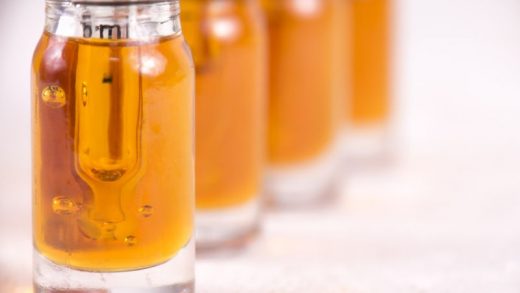A colonoscopy screening procedure is often risk-free. However, like with any medical procedure, both the surgery itself and the sedative used have inherent risks. After the colonoscopy, you should contact your doctor if you have severe abdominal pain, dizziness, a fever, chills, or rectal bleeding. The lining of your colon can be examined from the inside via a colonoscopy. The primary tool used to observe the interior of the colon is a colonoscope, which is a long, thin tube about the width of a finger. Colorectal cancer is the most prevalent cancer in Singapore. Usually, it occurs silently and with no symptoms at all. 60% of colorectal cancer fatalities could be avoided with the most precise type of colonoscopy. In contrast to flexible sigmoidoscopy, the doctor uses a longer, thin, flexible tube to inspect the rectum and the entire colon to check for polyps or cancer. During the inspection, the doctor can locate and remove the majority of polyps and certain tumours. A colonoscopy may also be performed as a follow-up examination if something unexpected is found during one of the previous screening tests. Approximately every ten years (for people who do not have an increased risk of colorectal cancer). You can also visit Curasia in Singapore which is the best platform for colonoscopy and other procedures as well. They even have the best colonoscopy cost in singapore.

A few things to understand
Each exam has advantages and disadvantages. With your doctor, go over the advantages and disadvantages of each test as well as the suggested testing schedule. Exam selection is based on the ones you favour, your state of health, a history of colorectal cancer or polyps in you or your family, if you have familial adenomatous polyposis or a genetic condition such hereditary non-polyposis colorectal cancer, and the testing and follow-up tools at their disposal.




